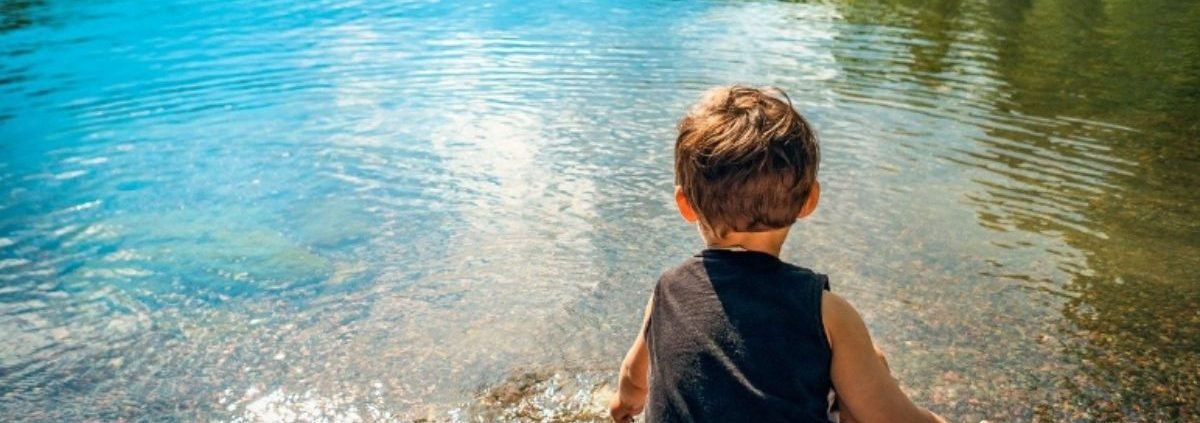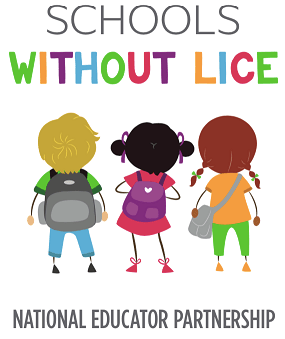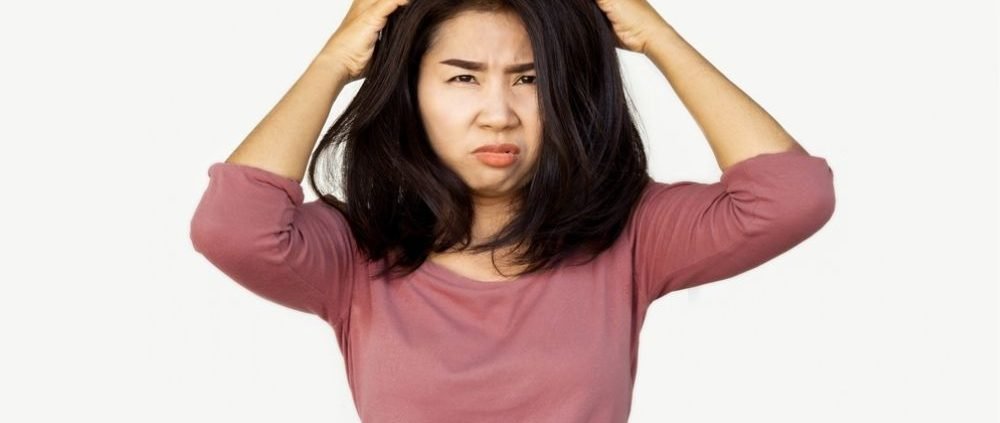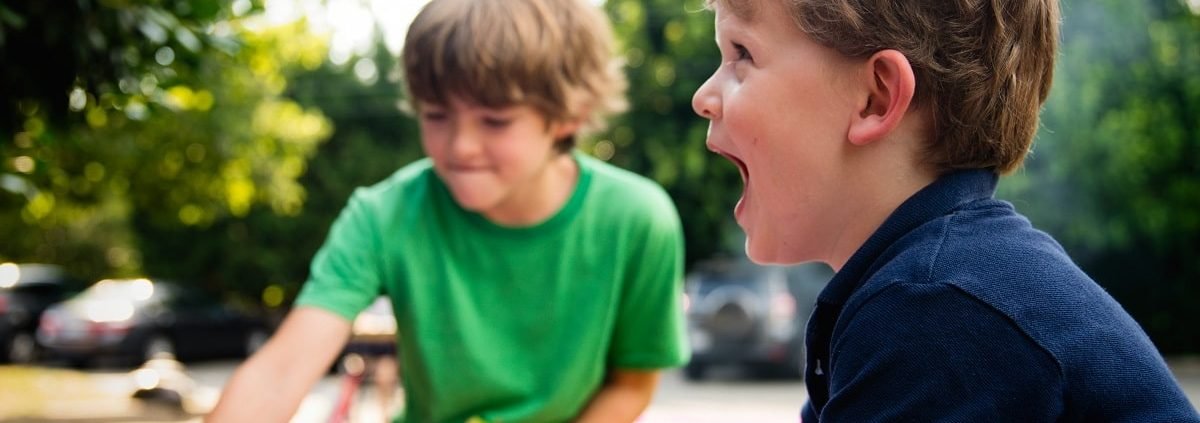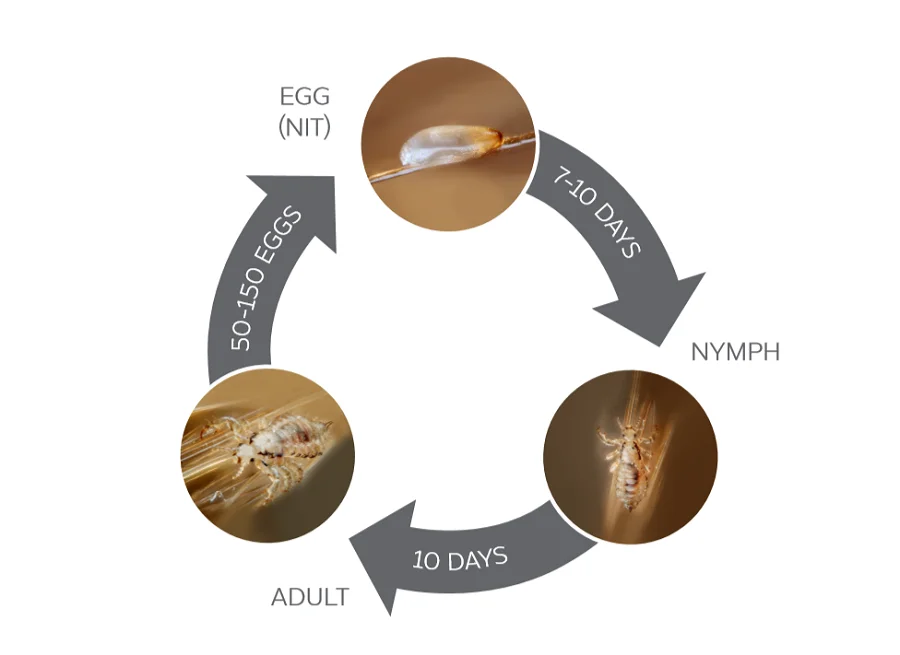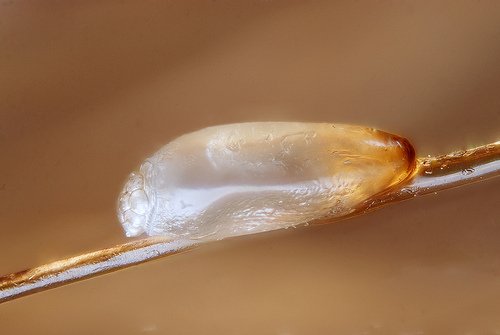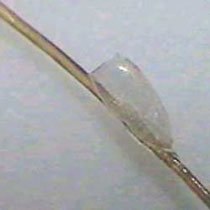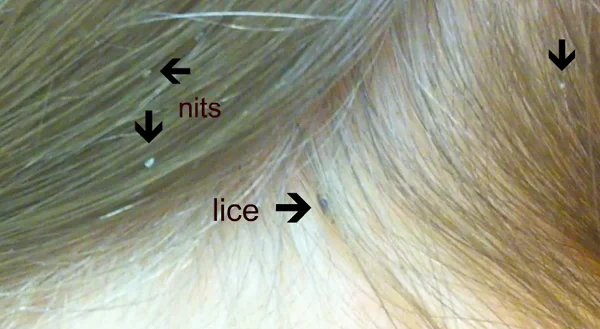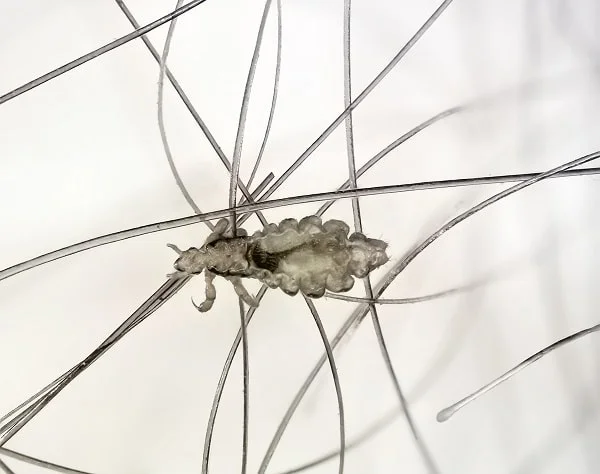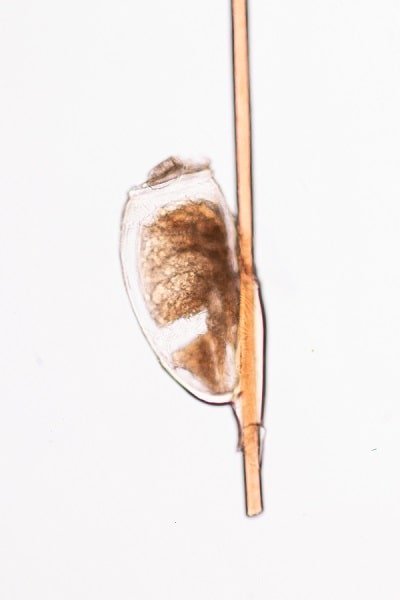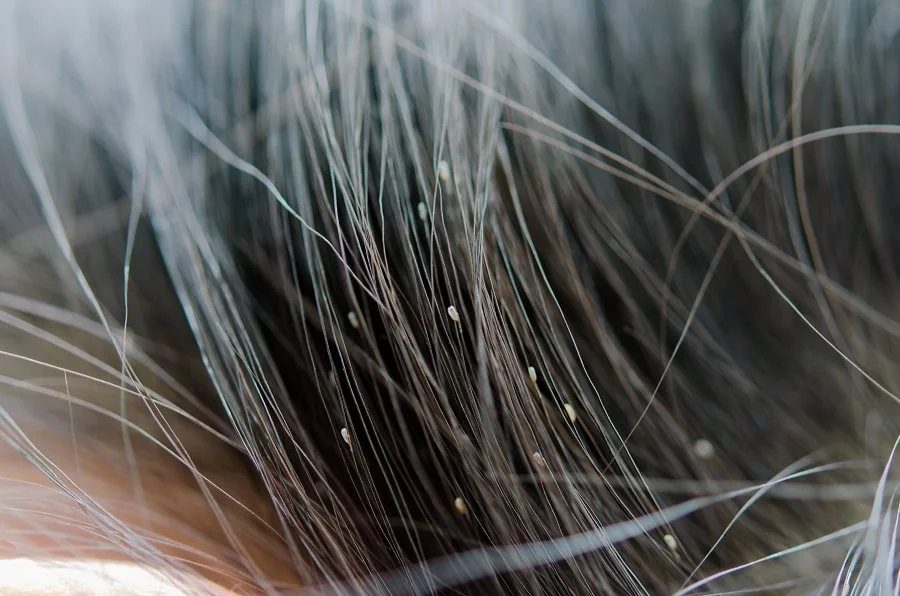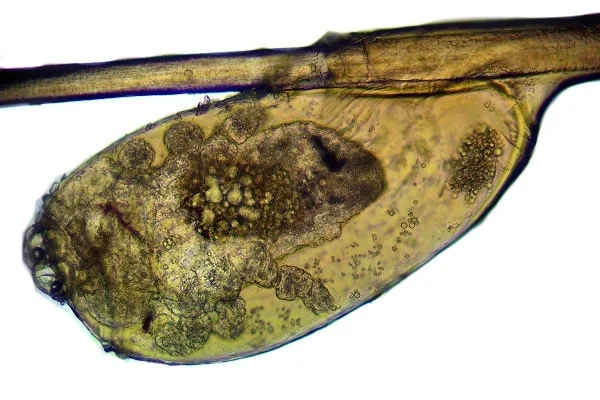Truth or Myth: Lice Are More Active in the Summer
Lice always seems to be an annoying problem, especially in the summertime. With summer happening right now, there are a couple of important questions that need answering. “Does heat kill lice?” and “Where do lice come from?” Keep reading to discover the answers to these questions and stay head lice free this Summer.
Does Heat Kill Lice?
The simple answer to this question is yes, but it requires a certain temperature. At Fresh Heads in Orlando, Fl, we have a patented AirAlle treatment. This treatment uses a machine that applies warm heated air to the scalp in order to get rid of head lice or any eggs that are left. All the activities that happen during summer can promote head-to-head contact which lice love and can transfer to another person. Activities like sleepovers, summer camp, and just playing rough can get all the contact that is needed to transfer lice.
Where Do Lice Come From?
After a long day of your children playing with each other, they might come home with an itchy head. The only way head lice can transfer from host-to host is by head-to-head contact. Now this doesn’t mean that with every head-to-head contact that your children will get infested with head lice, but the chance is there. Head lice do not jump, swim, or fly. The only way head lice can transfer is by touching hair strands. Head lice are very quick moving on hair strands. It does not take much time for head lice to transfer hosts after head-to-head contact is made. Whatever games or activities your child is playing is increasing the chance they get head lice if one of them has it already.
Fresh Heads in Orlando, Fl.
It is important to not only check for lice on your child but also yourself. If you have done a thorough check and you notice an out of the ordinary feeling, come on down to Fresh Heads Lice Removal. Lice are active all seasons, but it is always a good idea to keep an eye out if your child is involved in summer camps, traveling, or other activities. Book an appointment or give us a call today to get started right away. We have two other locations in Jacksonville, FL, and Savannah, GA.
Schools Without Lice
At Fresh Heads Lice Removal, our mission is to get rid of lice in schools across the United States. We’ve partnered with the Lice Clinics of America to create the Schools Without Lice program. Through this program, we provide school nurses and teachers with free screenings, resources, and treatments. Together, we can have schools without lice!

